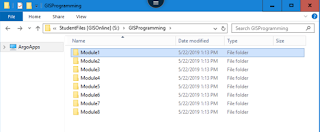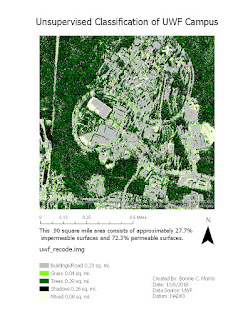Module 1: Introducing Python

Module 1: Introducing Python This week, we learned about expectations for this class in the form of deliverables and blog posts and went through an introduction to Python, IDLE, Spyder, and Python within ARCPro. We also learned how to calculate using pseudocode and about the Zen of Python, which I thought was very thought provoking and really liked. I felt that this lab was pretty easy to follow and learn from, but I can see the great opportunity for things to become more complicated as we go along. The most trouble I experienced was retrieving The Zen of Python from Spyder or Python on ArcGIS Pro. I ultimately did it, but I am not confident in my skills there. I am also iffy about pseudocode and will find out if I am on the right track when my assignment is graded and by the feedback I receive. I really appreciated that the lab for Module 1 was useful for the course overall. A lot of time was previously spent creating folders and transferring data each week in my pre...





